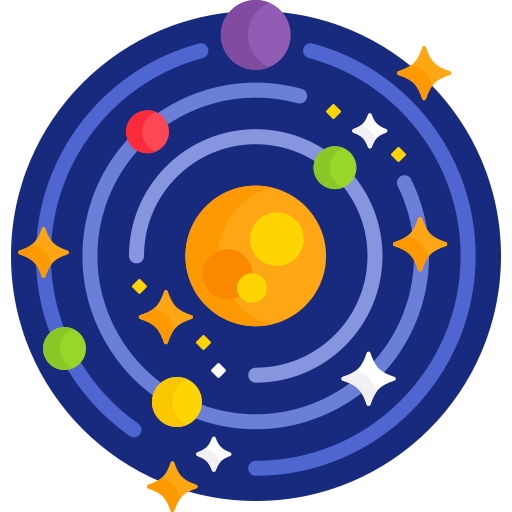When JAXA’s Hayabusa-1 spacecraft delivered samples from asteroid Ryugu to Earth in late 2020, anticipation was high. What could the space rock possibly be waiting to tell us?
Asteroids are time capsules of the Solar System, containing material from early in its history. As a 2021 study found, the Ryugu samples contained carbon, nitrogen, and oxygen, all necessary ingredients for life, and a 2022 study discovered evidence of water (and possibly a subsurface lake) that had long since dried up. Ryugu and its parent body were also revealed to carry some of the most ancient rocks in the Solar System. However, the pieces of this asteroid still had more to say.
It turned out that two of the Ryugu samples each had a shard of something that visually stood out. Researchers discovered they were seeing fragments, or clasts, of rock with a chemical composition that differed from the rest of Ryugu. These clasts were higher in sulfur and iron, but lower in oxygen, magnesium, and silicon. That meant they could not have possibly formed with Ryugu, so they had to have been acquired through a later impact; but the asteroid still had more to say.
This is the best summary I could come up with:
By using different types of electron microscopy along with energy-dispersive X-ray spectroscopy and nanoscale secondary ion mass spectrometry, the researchers determined what they were made of.
This told the team that the presolar grains had formed around asymptotic giant branch (AGB) stars (which our Sun will become someday), although one of them showed signs of possible supernova origin.
Because Ryugu’s parent body probably formed at the edge of the Solar System and was pushed inward later by gravitational interactions, the researchers think it may have once contained more presolar grains that water ended up obliterating.
Though presolar silicates won’t make it, silicon carbide and graphite grains that predate the Sun will, and these were also found on Ryugu.
Strangely enough, Ryugu had some chemical similarities to the comet Wild 2, which was sampled by NASA’s Stardust mission, though it wasn’t an exact match.
I’m a bot and I’m open source!
We’re manufactured.



